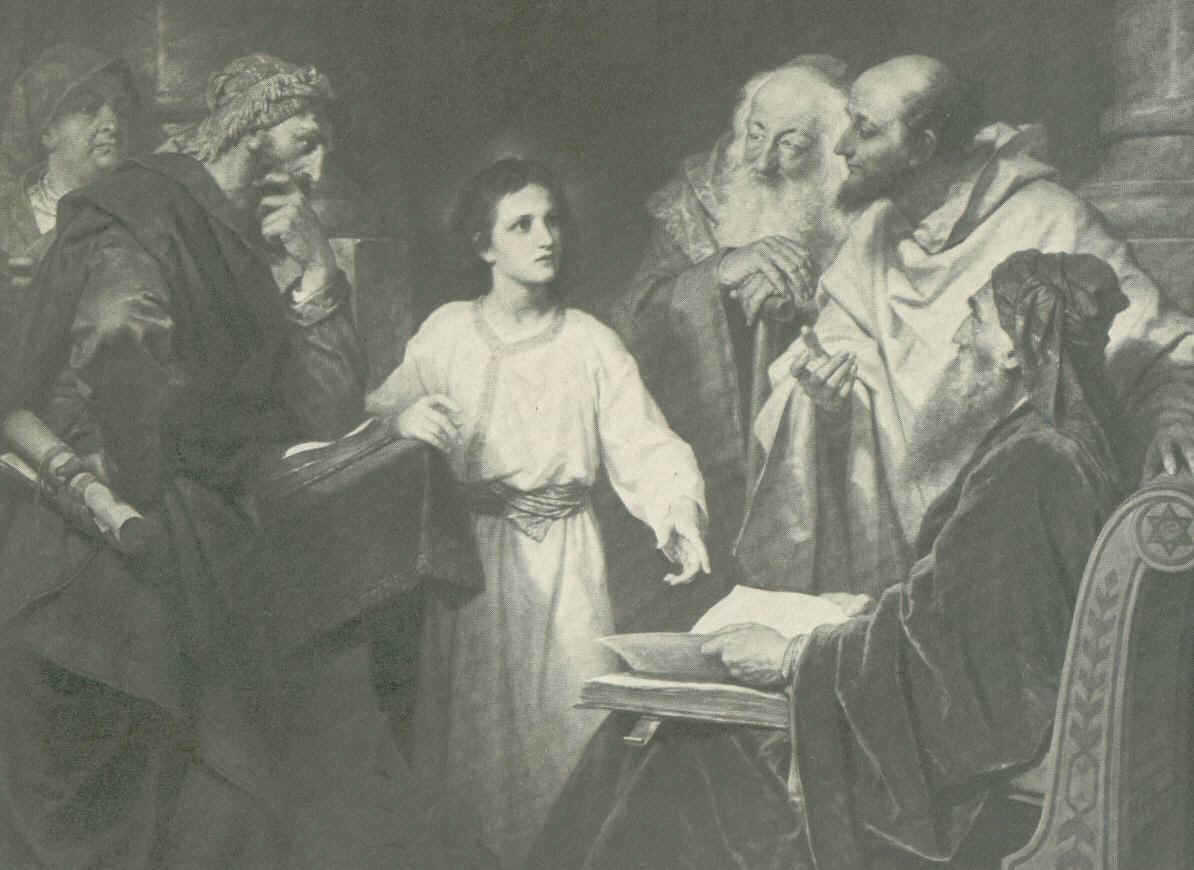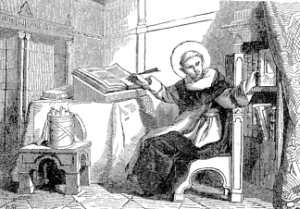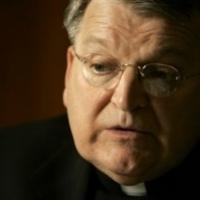Clarifying what we can, when we can
I hope it’s the Vatican’s synodal news summaries themselves that are badly phrased. Else, the level of imprecision in comments on marriage matters is very worrisome.
Four examples from today’s VIS 141008:
(A) “First and foremost, the debate focused on the Church in the Middle East and in North Africa. … In these contexts, interreligious or so-called ‘mixed’ marriages are present and on the increase in these contexts …”
Now, the vast majority of marriages between Catholics and non-Catholics in the Middle East and Africa are those contracted with Muslims, Jews, or animists. But to call these marriages “mixed” is to confuse marriages between Catholics and non-Catholic Christians (which are sacramental and are designated “mixed” in Canon 1124) with marriages between Catholics and non-baptized persons which, though presumptively valid, are not sacraments. Entering marriage without the grace of Matrimony is a pastoral challenge quite distinct from entering marriage with those graces (albeit with a spouse not in full communion). The language being reported does not seem to recognize that important fact.
(B) “A further challenge is also represented by those Christians who convert to Islam in order to marry: also in this case, suitable reflection is necessary …”
This phrasing makes little sense. First, Catholics who “convert” to Islam are canonically “apostates” per Canon 751, a state with serious negative implications regardless of one’s matrimonial status. Second, Catholic marriage with any non-baptized person is, unless dispensed, null (Canon 1086), so, whatever the civil relationship is, the Church does not even recognize it as a marriage.
(C) “The question is not simply interreligious, but at times also ecumenical: there are cases in which a Catholic who has contracted a canonical marriage and is not able to obtain a declaration of nullity passes to another Christian confession, remarrying in a Church which permits this …”
More confusion I’m afraid. “Interreligious” and “ecumenical” are distinct concepts and the statement starts off recognizing that, but then it confuses “Christian confession” with (presumably separated) “Church”, leaving one wondering what exactly is being addressed: Protestant confessions or Eastern Orthodox Churches, both of whose approaches to divorce differ between themselves and are serious at odds with Catholic teaching on the permanence of marriage. In any case, the main problem here is one of pastoral care for lapsed Catholics, not theological dialogue about the definition of marriage.
(D) “With regard to the question of divorced and remarried persons, it was highlighted that the Synod must certainly … combine the objectivity of truth with mercy for the person and for his or her suffering. It is necessary to remember that many faithful find themselves in this situation through no fault of their own …”
Setting aside the ambiguous notion of “fault”, one can indeed be divorced through no fault of one’s own. But how can be remarried through no fault of one’s own? And is not remarriage after divorce, and not just divorce, what is at issue here? An issue framed with a mistaken premise is not likely to be discussed fruitfully.
Praying for real clarity in true charity.



Comments are closed.